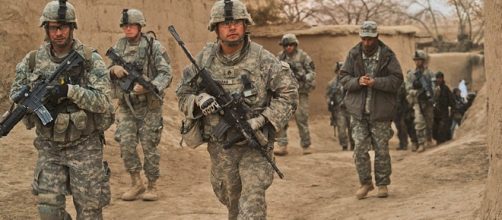afghanistan is at war with the Taliban and has been for more than one and a half decades. The U.S. has extended their support to eliminate threats from this militant group. Reports have been floating around that approximately 4,000 additional troops will be sent to Afghanistan but the Pentagon has yet to make known any decision final on the subject.
What the Pentagon wants
According to Fox News, Defense Secretary Jim Mattis has reportedly told Congress that a new strategy on the subject will be known only by mid-July. The Pentagon is weighing all the pros and cons of sending more U.S. troops to Afghanistan where their main task would be to train and advise local Afghan forces.
President Donald Trump has delegated the authority to Jim Mattis who will have to spell out how many troops will be needed in Afghanistan. It may be recalled that in April, the president granted a similar authority to him to decide the number of troops that would be required to tackle the ISIS militants in Syria and Iraq.
In May 2014 ABC News reported that 32,800 American service members were serving in Afghanistan fighting the Taliban. Back then, President Obama "unveiled a plan" to reduce the U.S. force to 9,800 trainers and counterterrorism forces by the end that year. President Barack Obama had wanted a near-total withdrawal of all troops by the end of 2016 but, shortly before leaving office, he scrapped the plan and Time Magazine wrote that his "shift in strategy would leave 8,400 U.S troops on the ground" as he left office, instead of reducing the American deployment to 5,500."
Why the need for more troops in Afghanistan
The request for additional troops was put up in the month of February this year by Gen.
John W. Nicholson, the top U.S. commander in the country. The Washington Post said that his demand was for a few thousand troops more from the United States and NATO.
The matter was discussed and debated at a number of official forums and a final decision is still awaited. As per estimates of the U.S. military, the Afghan government has control of slightly more than fifty percent of the country. The Taliban is the most prominent insurgent group in Afghanistan and the situation has been aggravated by the entry of fighters affiliated to the ISIS. They have taken hold of some portions of eastern Afghanistan.
U.S. troops are always at risk as was revealed by a recent incident reported last week by the Guardian in which three U.S. Army soldiers were shot and killed "in an apparent insider attack in the highly contested Nangarhar province."


